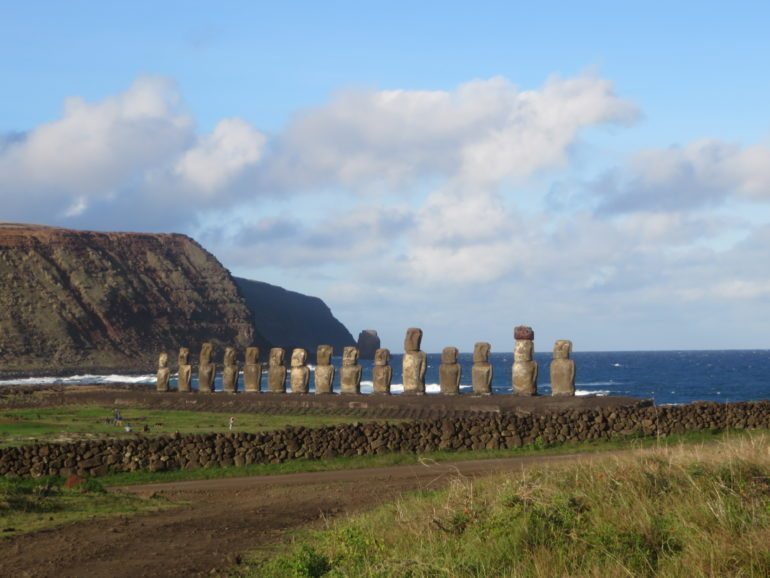Google has launched a project called “Heritage on the Edge” that allows anyone with an internet connection to virtually monitor climate change at five of the world’s most precious cultural sites. The tool uses 3D mapping and other photography tools to capture images of the monuments that can be used to raise awareness amongst tourists and general population. The five UNESCO World Heritage Sites that were mapped are Rapa Nui (Easter Island); Kilwa Kisiwani on Tanzania’s Swahili Coast; the Old and New Towns of Edinburgh, Scotland; Mosque City of Bagerhat in Bangladesh; and the ancient city of Chan Chan in Peru.
The website has 50 online exhibits, including 3D models, street view tours, and interviews with local professionals, along with quick guides to how climate change is endangering each monument and how this effects the local community. The aim of the efforts, says Google, is to “shine a light on the diverse impacts of climate change on cultural monuments and sites.” Find out more about the tool on Conde Nast Traveler.

